
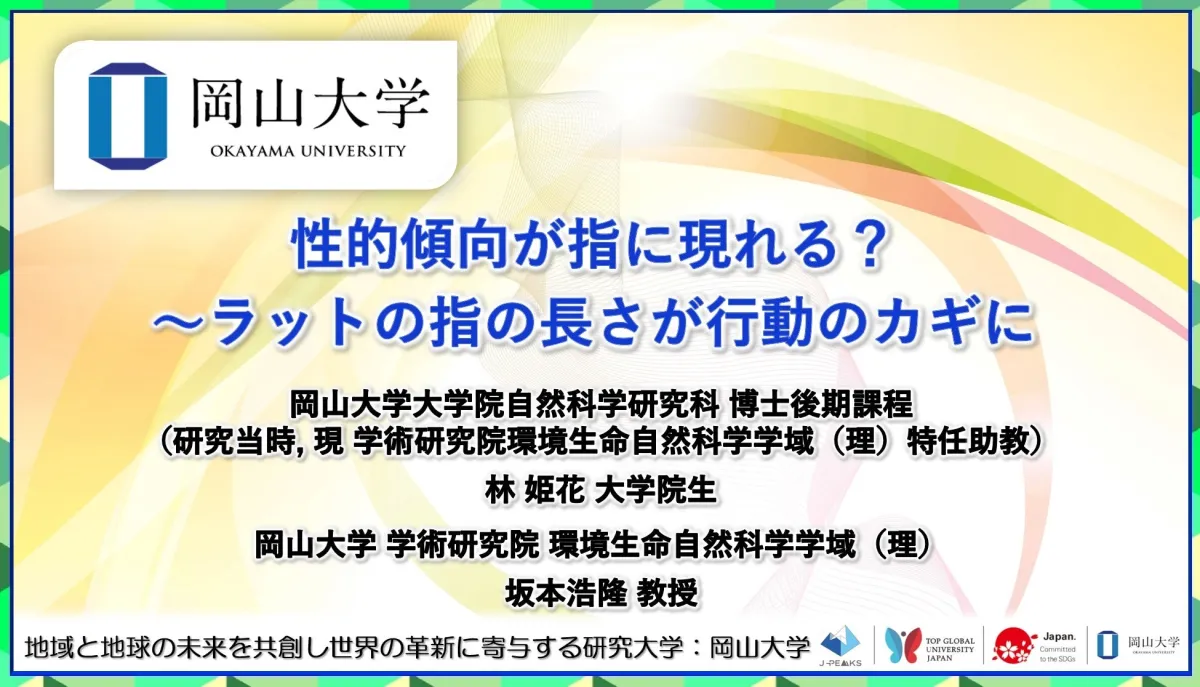
A Groundbreaking Study Reveals that Rat Digit Ratio Indicates Sexual Activity
Research Overview
A pivotal study conducted by researchers at Okayama University has unveiled a fascinating link between the length of rats' fingers and their sexual activity. The research, published in the journal Experimental Animals, provides evidence that the ratio of the second finger (index) to the fourth finger (ring) could serve as a biological indicator of sexual behavior in rats. The study's lead researcher and graduate student, Himeka Hayashi, and her group, which includes Professor Hirotaka Sakamoto from the Institute of Environmental Life Sciences, are the first to highlight this correlation globally.
Key Findings
The research revealed that male rats with shorter second fingers exhibited higher sexual activity and a distinct preference for the scent of female rats. This suggests that anatomical features reflecting hormonal environments in the womb could influence brain differentiation and sexual behaviors. The length ratio of the fingers, known as the 2D:4D ratio, has long been recognized as a morphological trait linked to prenatal exposure to male hormones.
In their analysis, the researchers conducted sexual behavior tests that allowed them to identify trends based on digit lengths. Males that achieved ejaculation in the first sexual behavior test were found to have significantly shorter second fingers compared to males that did not reach ejaculation. When categorized by finger length, it was evident that males with shorter second fingers were more sexually active than their longer-fingered counterparts.
Moreover, the most striking finding was that only those males with shorter second fingers displayed a clear preference for female scents, pointing to a deeper connection between finger morphology and sexual selection.
Implications
The implications of this study are thrilling, presenting new insights into how physical characteristics might guide sexual preferences and behaviors. The findings may contribute to future research aimed at uncovering the neurobiological mechanisms behind sexual orientation, a complex subject still shrouded in mystery.
Comments from the Researchers
Professor Sakamoto remarked that this discovery challenges the traditional understanding of behavioral predictions, indicating that simply examining finger lengths could provide a window into behavioral tendencies. The roots of this study reflect ancient practices in palmistry, which sought to infer character traits from hand features. In contrast, this research provides a scientific basis for predicting sexual activity based on objective measurements of digit length.
Assistant Professor Hayashi expressed her astonishment at how finger length could yield insights into sexual preferences and behaviors. She emphasized the importance of understanding how prenatal hormonal influences manifest in adulthood and contribute to behaviors linked to sexual diversity, marking a significant step forward in biological research.
Future Directions
This groundbreaking research not only enhances the understanding of rat behavior but also opens avenues for exploring human sexual diversity and the hormonal influences that may shape individual behaviors. As research evolves, the team at Okayama University hopes to unravel more layers of the intricate relationship between physiology and sexual behaviors.
The details of this study can be found in the article titled "Sexual activity is predicted by digit ratio in rats," available in the Experimental Animals journal.
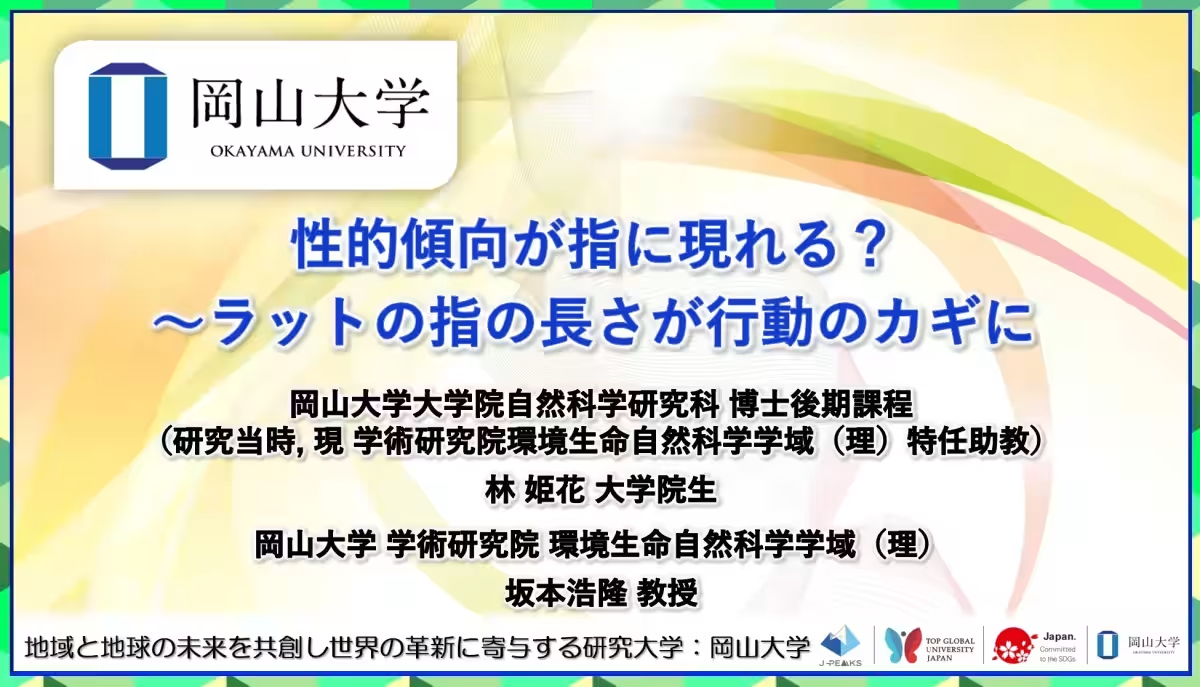
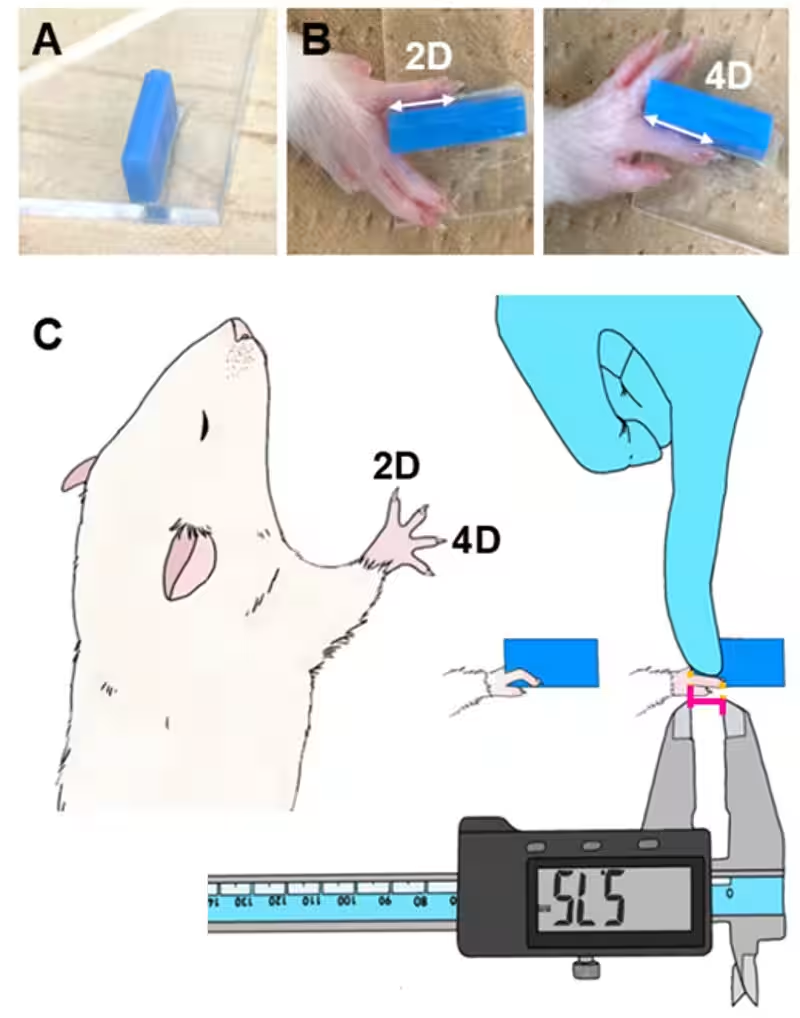
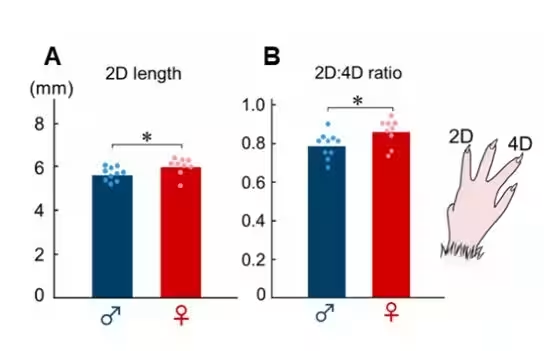
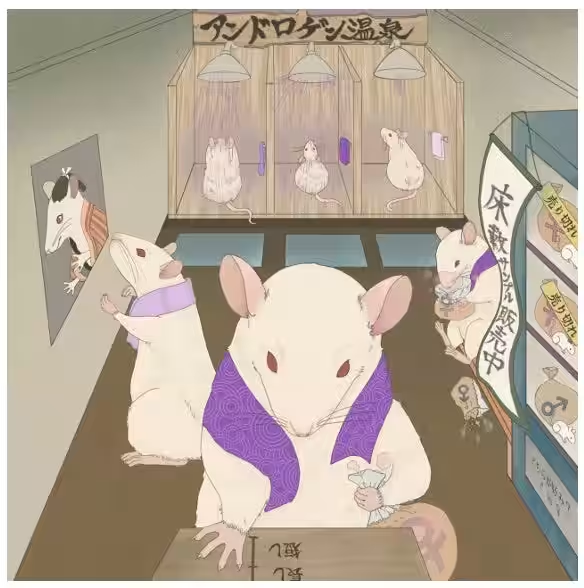

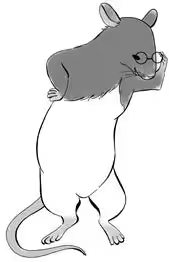






Topics Health)










【About Using Articles】
You can freely use the title and article content by linking to the page where the article is posted.
※ Images cannot be used.
【About Links】
Links are free to use.